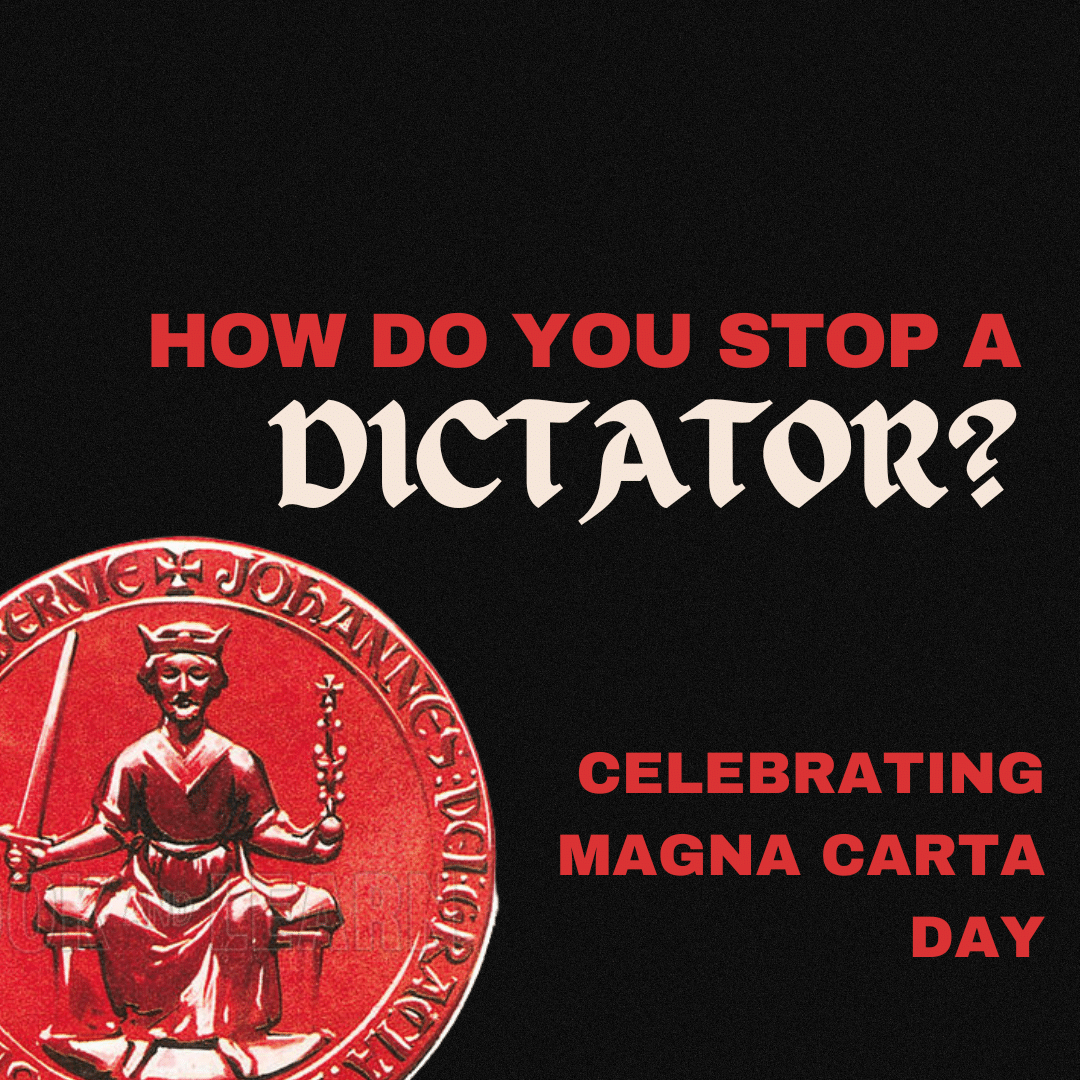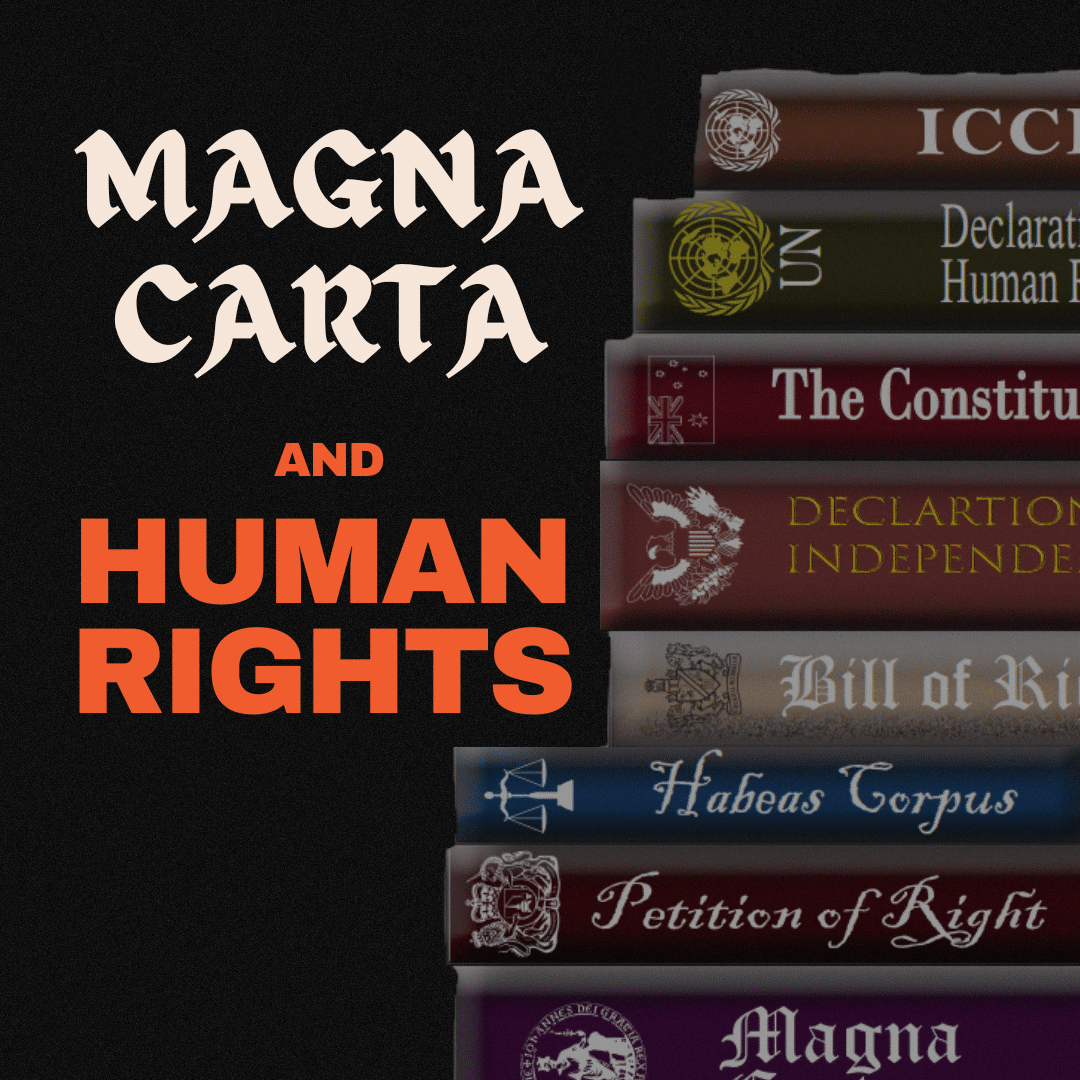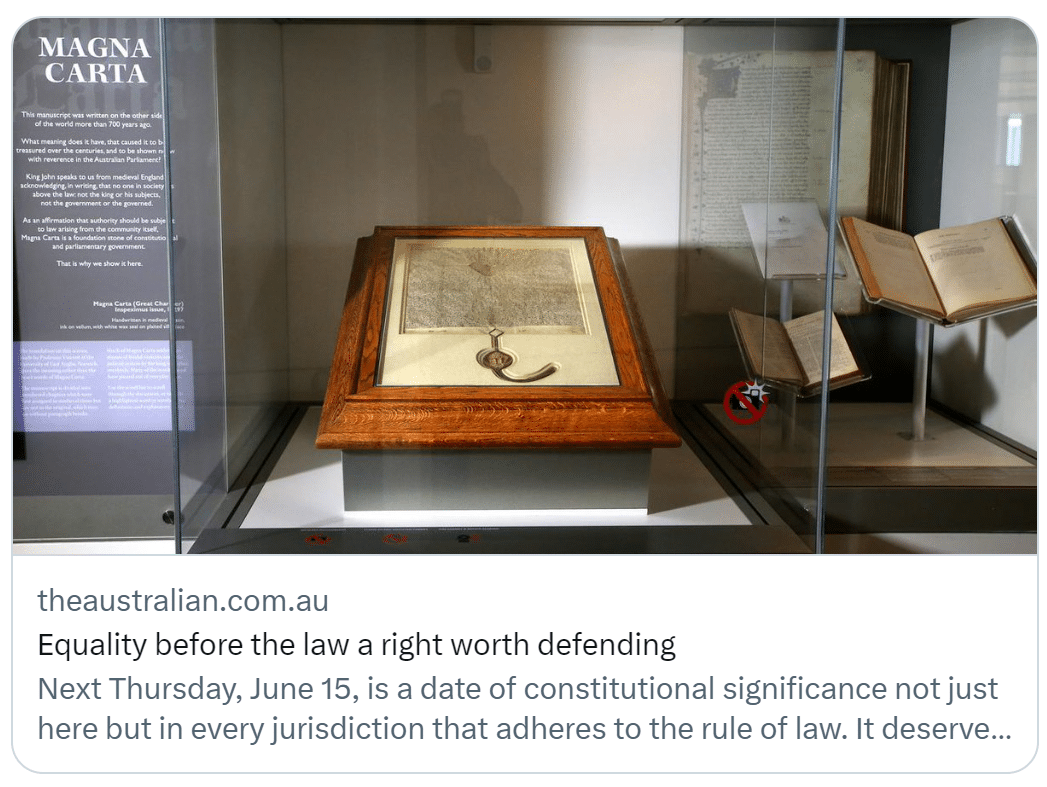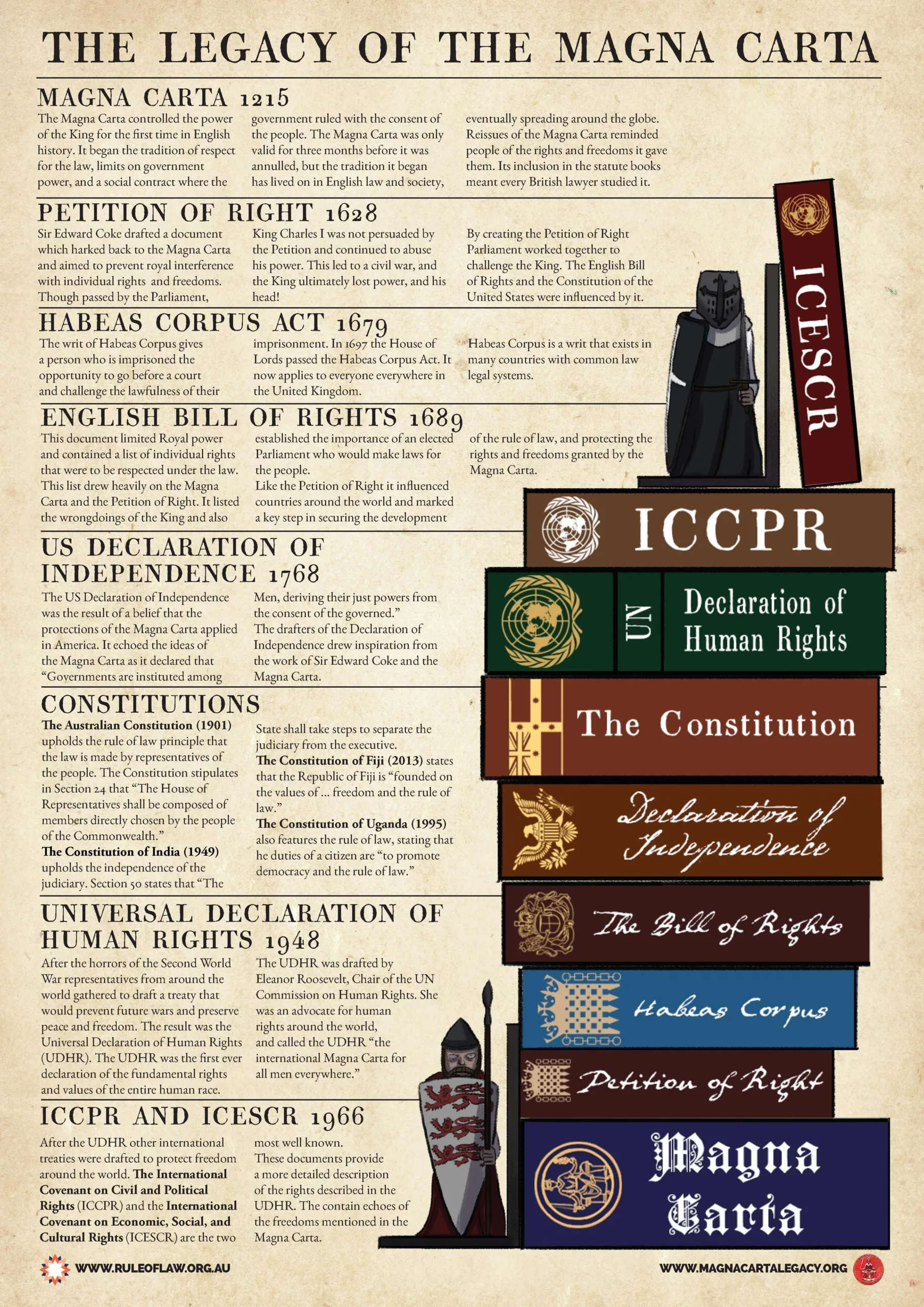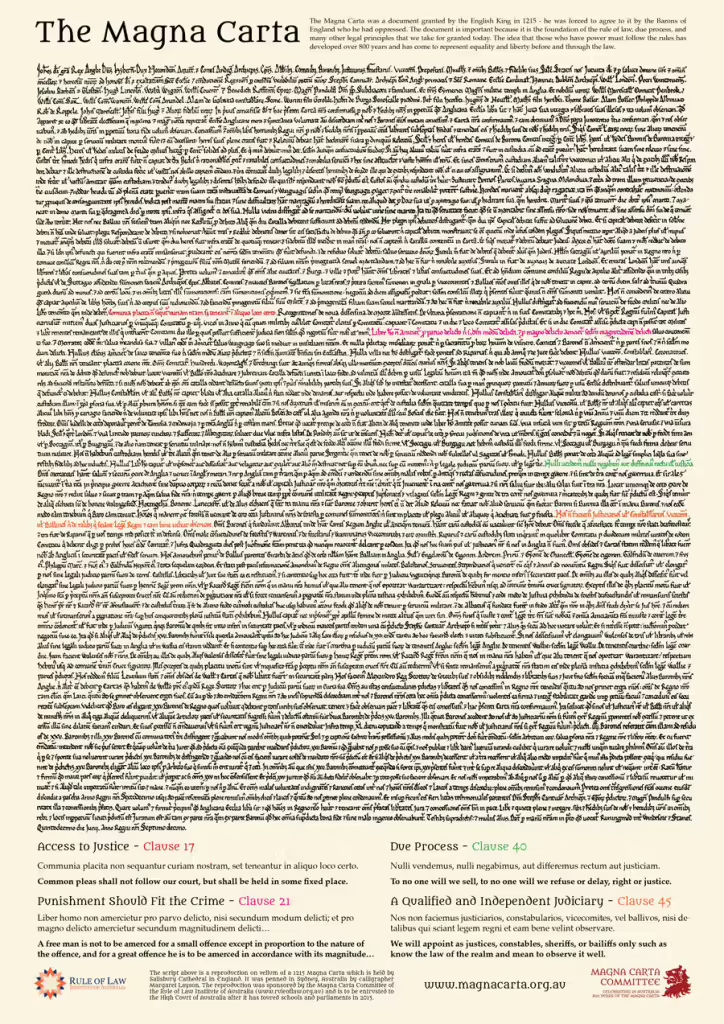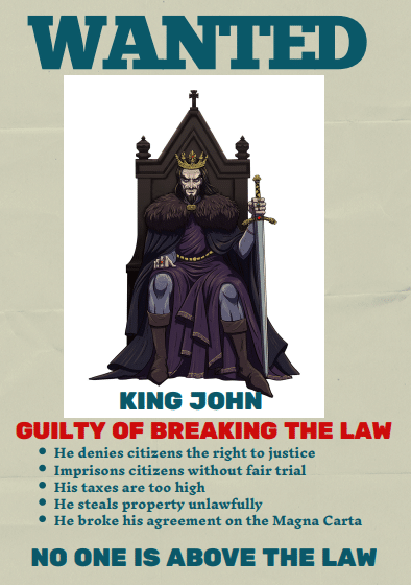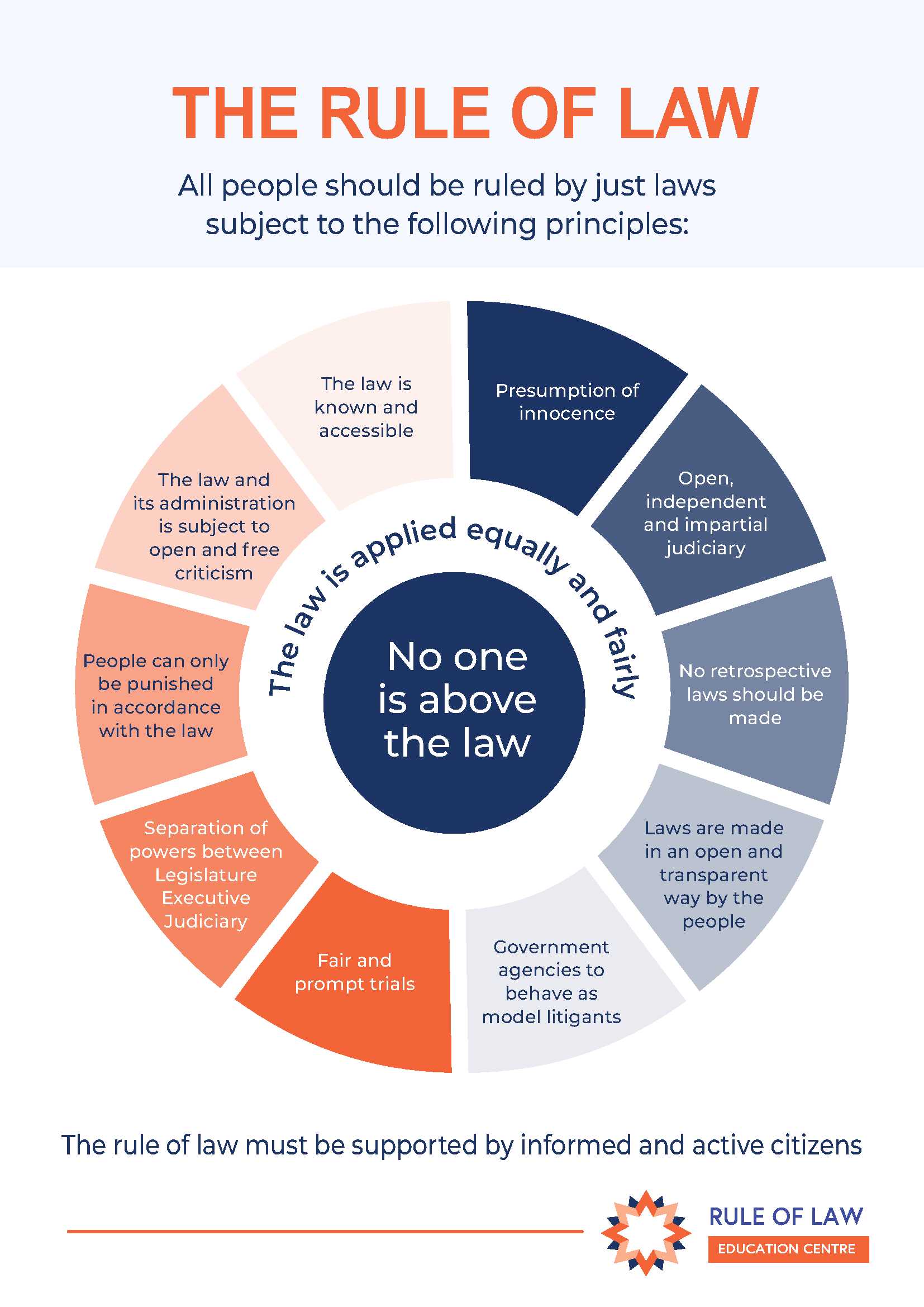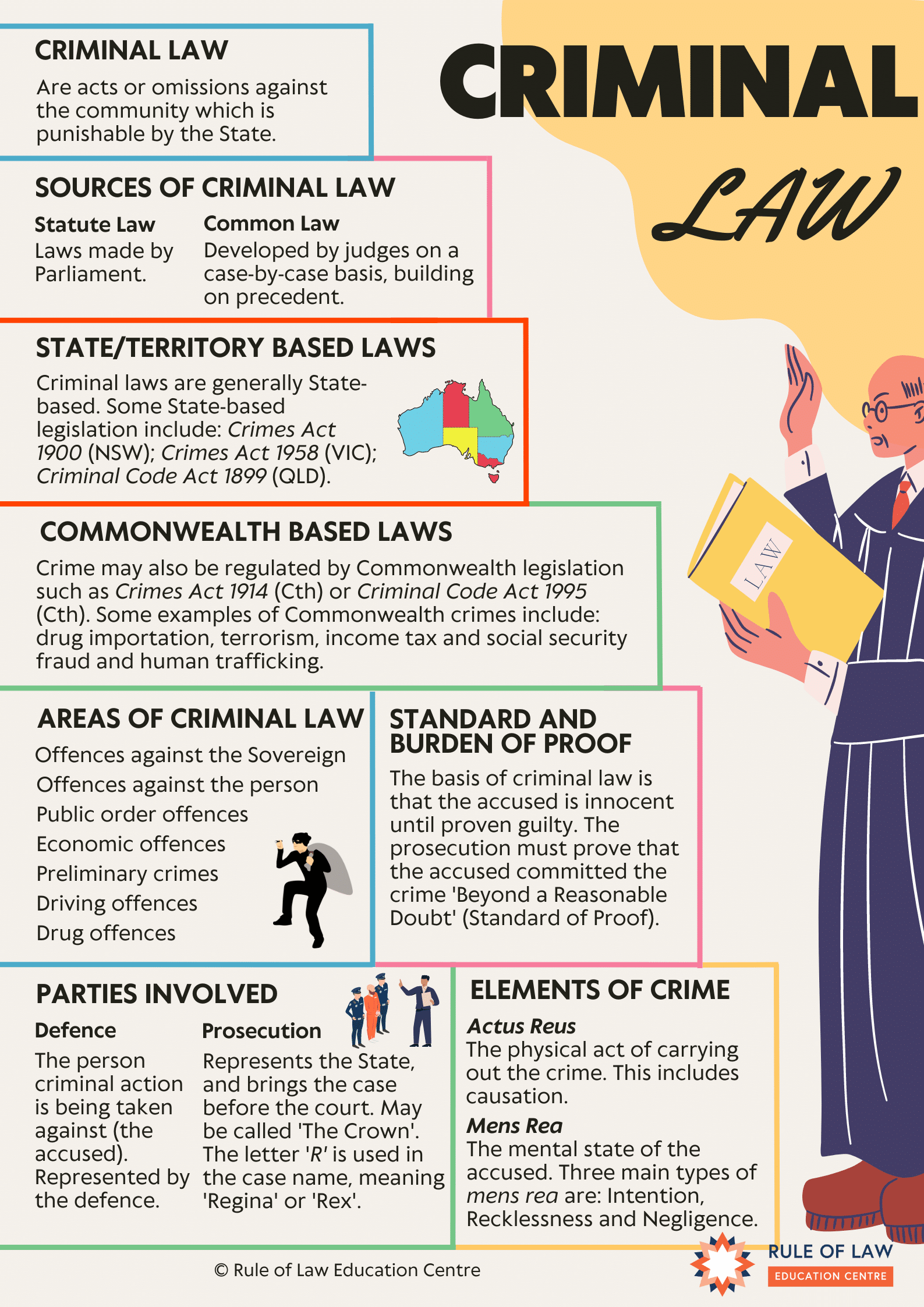The Magna Carta in Australia today
How can we see the impact of the agreement sealed by King John of England in Australia today?
Sealed in 1215, the Magna Carta is a document that bound King John to the laws of the land and in doing so, established the fundamental concept of the rule of law, that no one is above the law.
Join King John as he takes us on a tour of Sydney, Australia showing us the local landmarks that echo the legacy of the Magna Carta today.
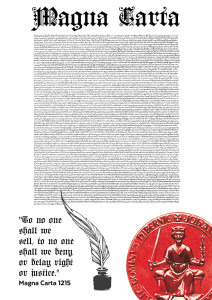 All quotes from the Magna Carta in this resource come from the original 1215 edition of Magna Carta that was originally written in Latin and translated into modern day English by the British Library. https://www.bl.uk/magna-carta/articles/magna-carta-english-translation.
All quotes from the Magna Carta in this resource come from the original 1215 edition of Magna Carta that was originally written in Latin and translated into modern day English by the British Library. https://www.bl.uk/magna-carta/articles/magna-carta-english-translation.
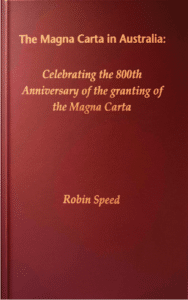 Supplementary quotes are taken from lectures and papers given in 2015 to celebrate the ongoing legacy of the Magna Carta in Australia. The Rule of Law has put together all these papers into a book titled “The Magna Carta in Australia: Celebrating the 800th Anniversary of the granting of the Magna Carta’ which can be purchased at the Rule of Law Bookstore.
Supplementary quotes are taken from lectures and papers given in 2015 to celebrate the ongoing legacy of the Magna Carta in Australia. The Rule of Law has put together all these papers into a book titled “The Magna Carta in Australia: Celebrating the 800th Anniversary of the granting of the Magna Carta’ which can be purchased at the Rule of Law Bookstore.
The Magna Carta Enters Australia
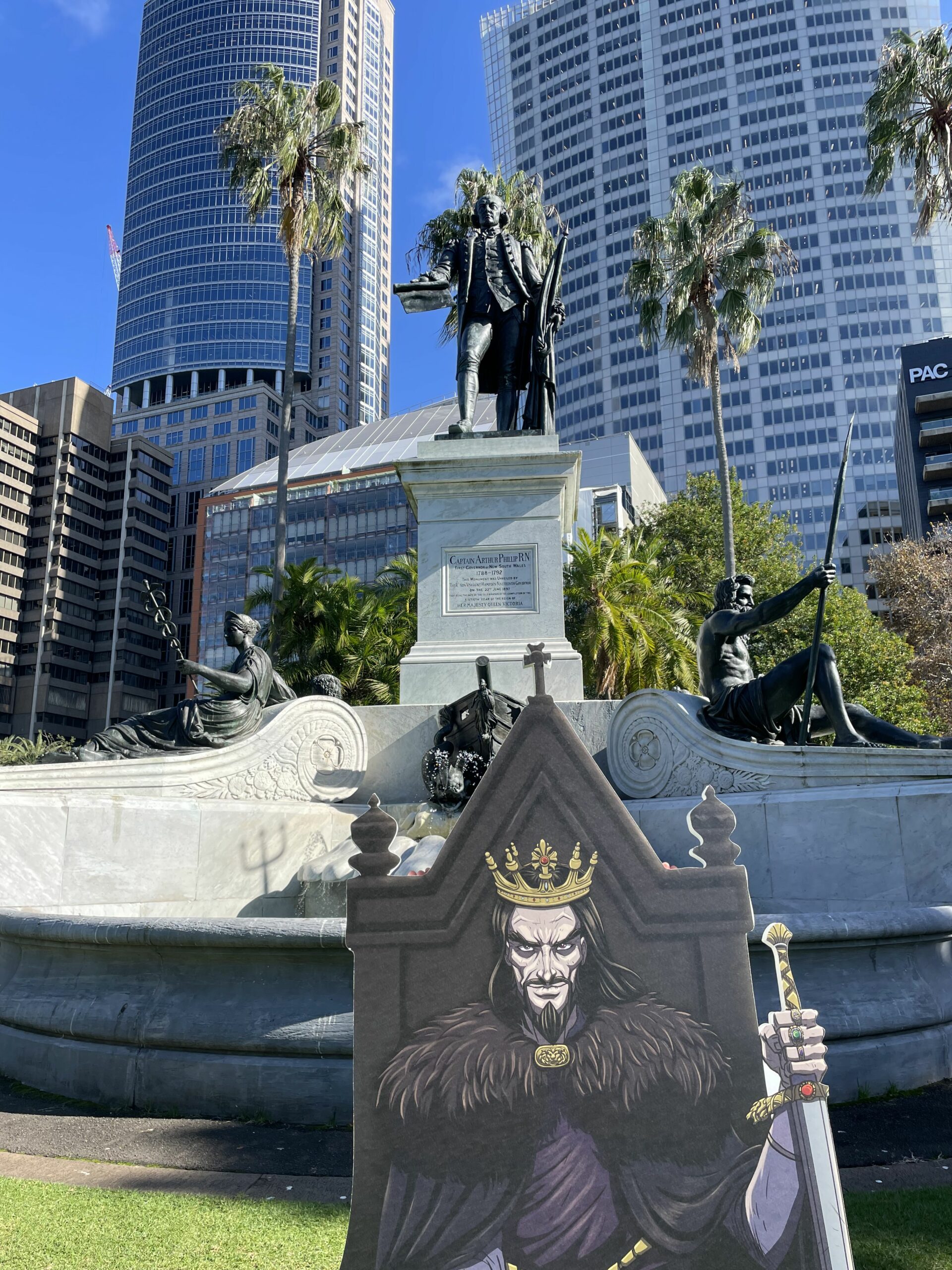
Pictured above is King John at the Sydney Botantical Gardens Governor Arthur Philip Memorial

Pictured above is King John and the Lost Parcel Storybook about the first Civil Case in NSW
The First Civil Case in New South Wales
Additional Resources:
The Church
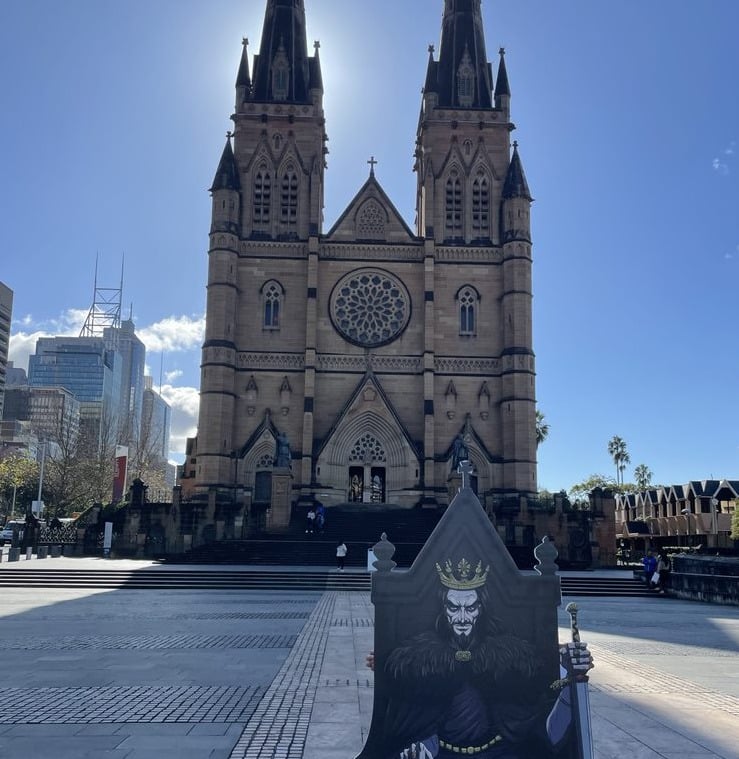
Pictured above is King John at St Mary’s Cathedral, Sydney
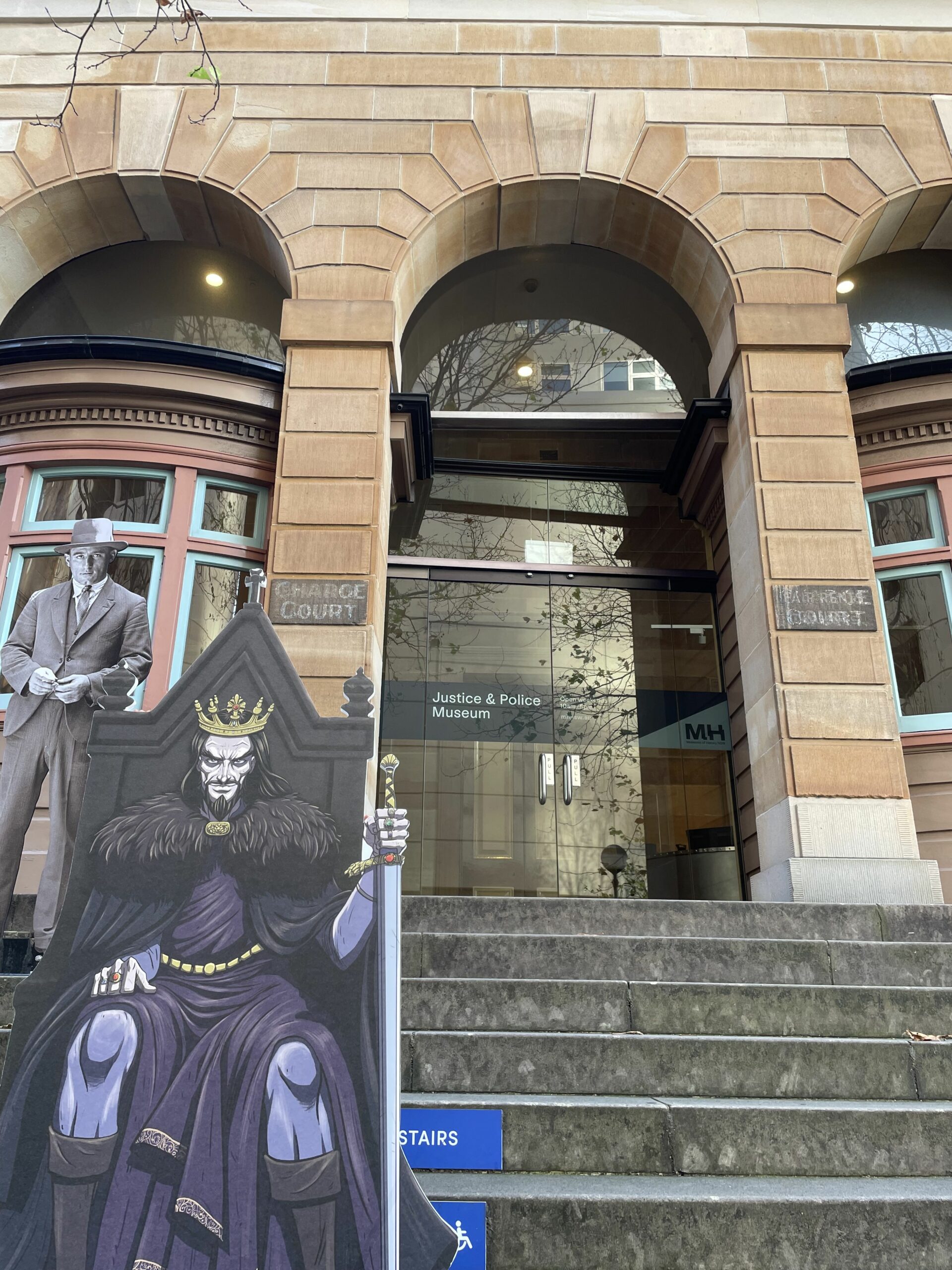
Pictured above is King John at the historic New South Wales Police and Justice Museum
Punishment only under the Law
(39) No free man shall be seized or imprisoned, or stripped of his rights or possessions, or outlawed or exiled, or deprived of his standing in any way, nor will we proceed with force against him, or send others to do so, except by the lawful judgment of his equals or by the law of the land
Without being proven guilty in a court of law, any form of punishment must not be without a legitimate reason.
“This clause envisages an end to the unlimited and uncontrolled use of violence and force by the king against property and persons of any of his English subjects, except where this was justified as being part of legal process or as authorised by the proper judgement of a duly constituted court.”
– Magna Carta and the Development of Common Law, Professor Paul Brand FBA
“In other words the absolute supremacy or predominance of the law as opposed to the influence of arbitrary power. We are ruled by the law and the law alone. We can be punished for a breach of the law by nothing else.”
– Freedom of Speech and the Rule of Law, Malcolm Stewart
Due Process and Fair and Prompt Trials
(40) To no one will we sell, to no one deny or delay right or justice.
The Magna Carta included provisions for a judicial system for the administration of justice. These clauses highlighted that all men were entitled to due process of law and the law was to be applied without improper external influence or corruption.
“This spawned our concepts of, first, judicial impartiality and incorruptibility, secondly, the right of everyone to justice according to the law, and, thirdly, the more controversial, right to that justice without delay. We take for grated that justice is not for sale.”
– Why Magna Carta Still Matters, The Hon Steven Rares
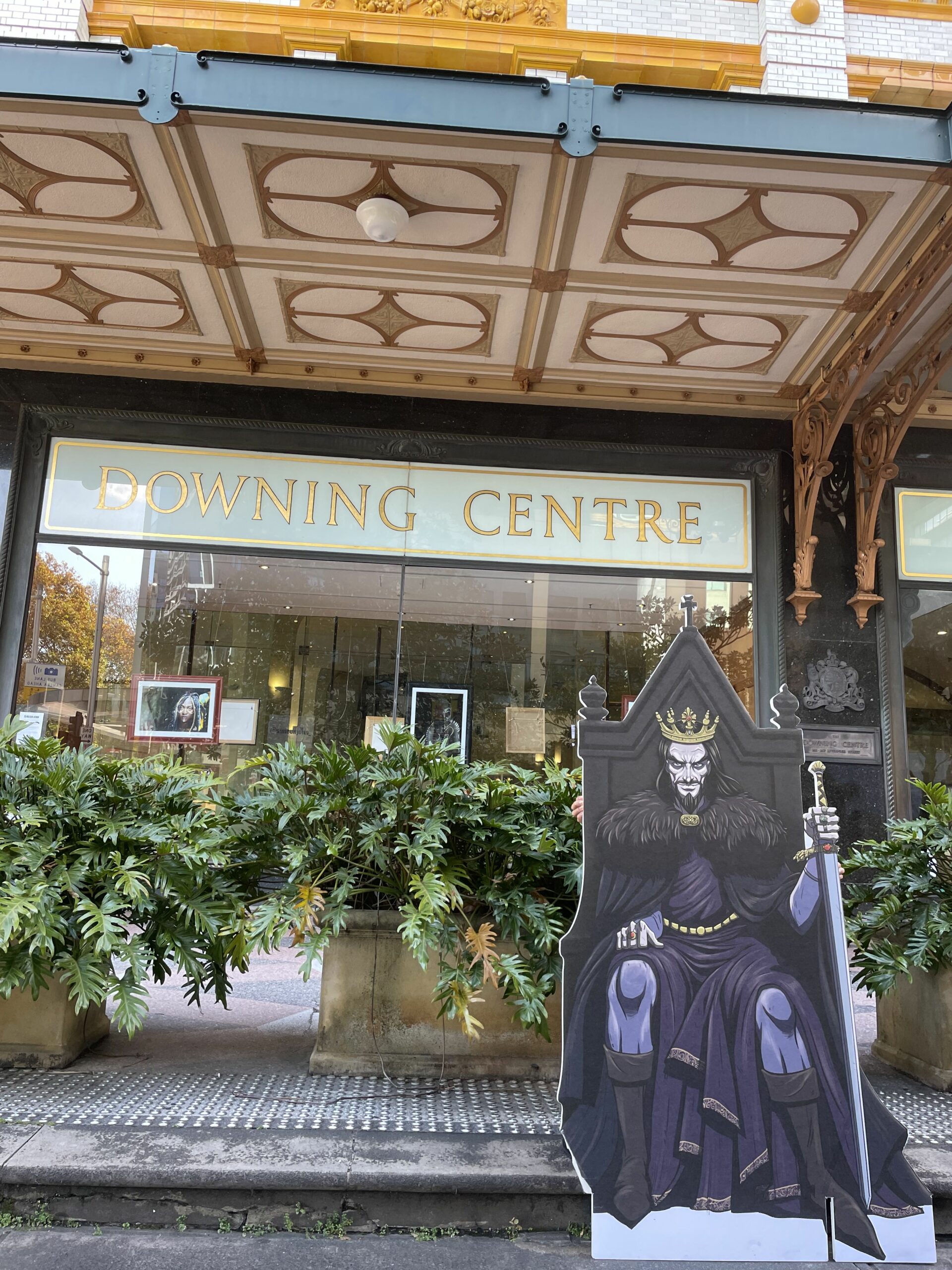
Pictured above is King John at the Downing Centre
Rule of Law Principle:
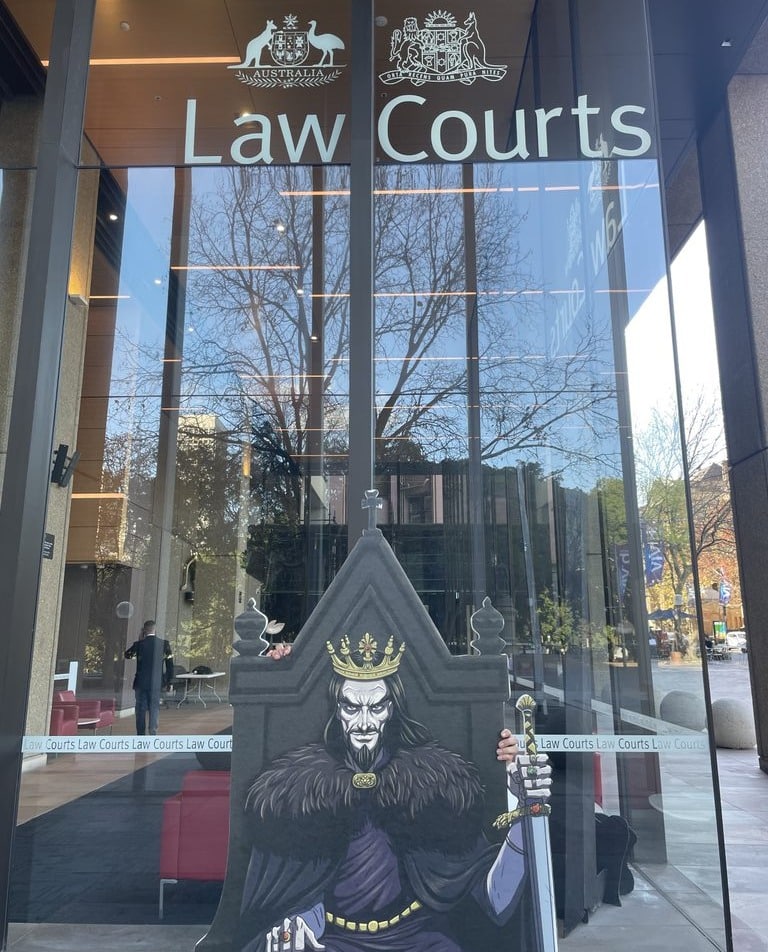
Pictured above is King John outside the New South Wales Supreme Court Building
Rule of Law Principle:
Qualified and Independent Judiciary
The Separation of Powers
(61) SINCE WE HAVE GRANTED ALL THESE THINGS for God, for the better ordering of our kingdom, and to allay the discord that has arisen between us and our barons, and since we desire that they shall be enjoyed in their entirety, with lasting strength, for ever, we give and grant to the barons the following security:
The barons shall elect twenty-five of their number to keep, and cause to be observed with all their might, the peace and liberties granted and confirmed to them by this charter.
Parliament did not exist in England in 1215. However, it can be said that the Magna Carta is the basis of the Westminster-style of parliamentary democracy. Clause 61 provided for 25 barons to be elected “to keep, and cause to be observed with all their might, the peace and liberties granted and confirmed to them by this charter,” introducing the concept of a body of elected individuals as a “recognised custodian and guarantor of these collective and individual rights spelled out in Magna Carta”
– Magna Carta and Parliament, Professor Peter Boyce AO
The genius of the Magna Carta is it contained a detailed system of checks and balances that put limits on the King’s power. For more details, read our page on the Magna Carta and Checks and Balances.
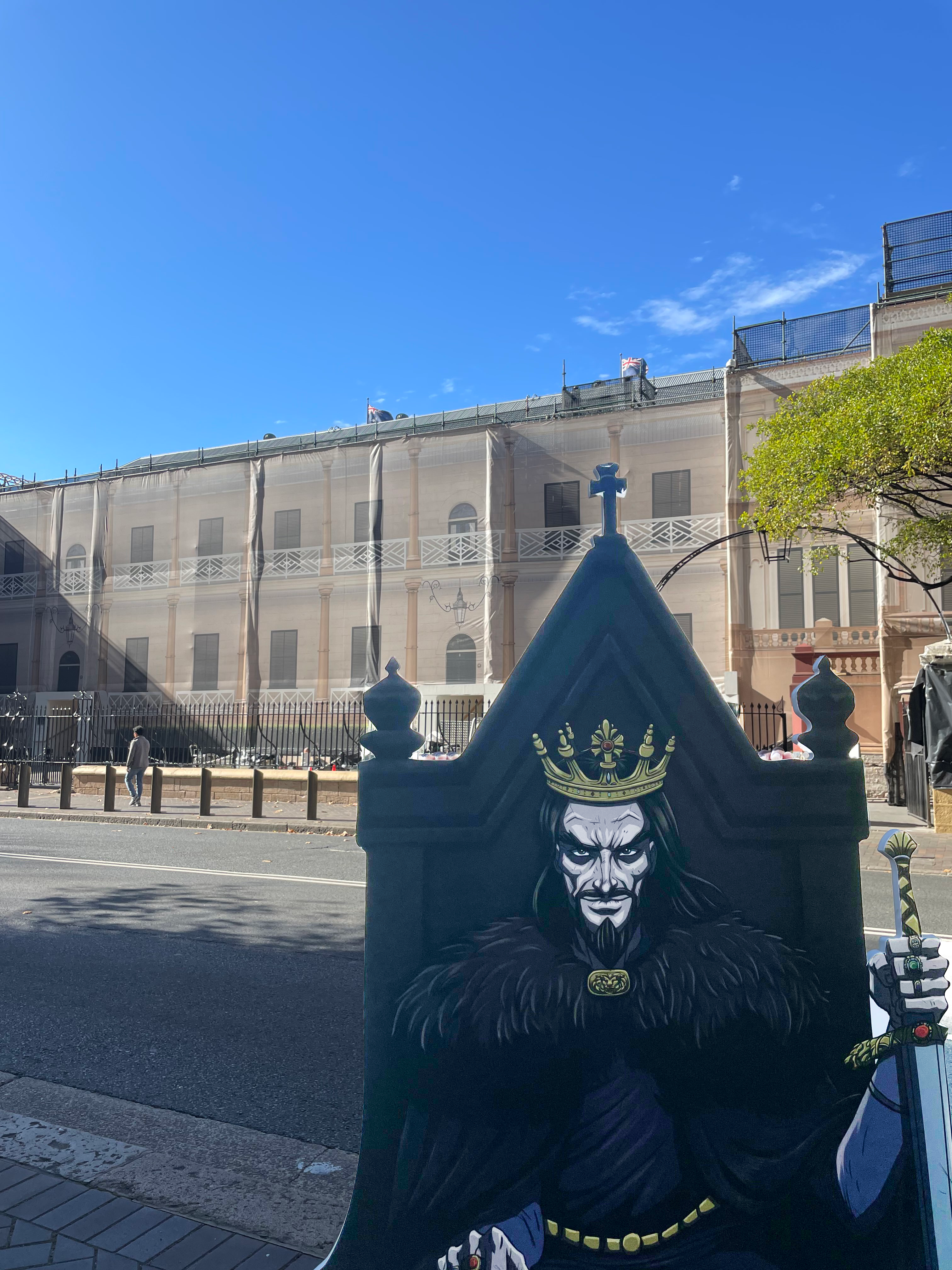
Pictured above is King John at Parliament House, New South Wales
Rule of Law Principle:

Pictured above is King John studying the Australian Taxation Act.
Rule of Law Principle:
No Taxation Without Representation
Women
(8) No widow shall be compelled to marry, so long as she wishes to remain without a husband. But she must give security that she will not marry without royal consent, if she holds her lands of the Crown, or without the consent of whatever other lord she may hold them of.
“Although John’s grant is said at the beginning to be made to all the free men of his kingdom at the end of the grant is said to be made to the ‘men in our kingdom’… and it should [not] be added, was the charter something only for men. The term ‘men’ in the charter was clearly intended to cover, and the charter to benefit, women as well as men. This becomes particularily clear in those chapters which applied, and could only have applied, to women.”
– Magna Carta and the Development of Common Law, Professor Paul Brand FBA
Additional Resources on the Magna Carta:
Explainer Video on the impact of the Magna Carta on Australia today


